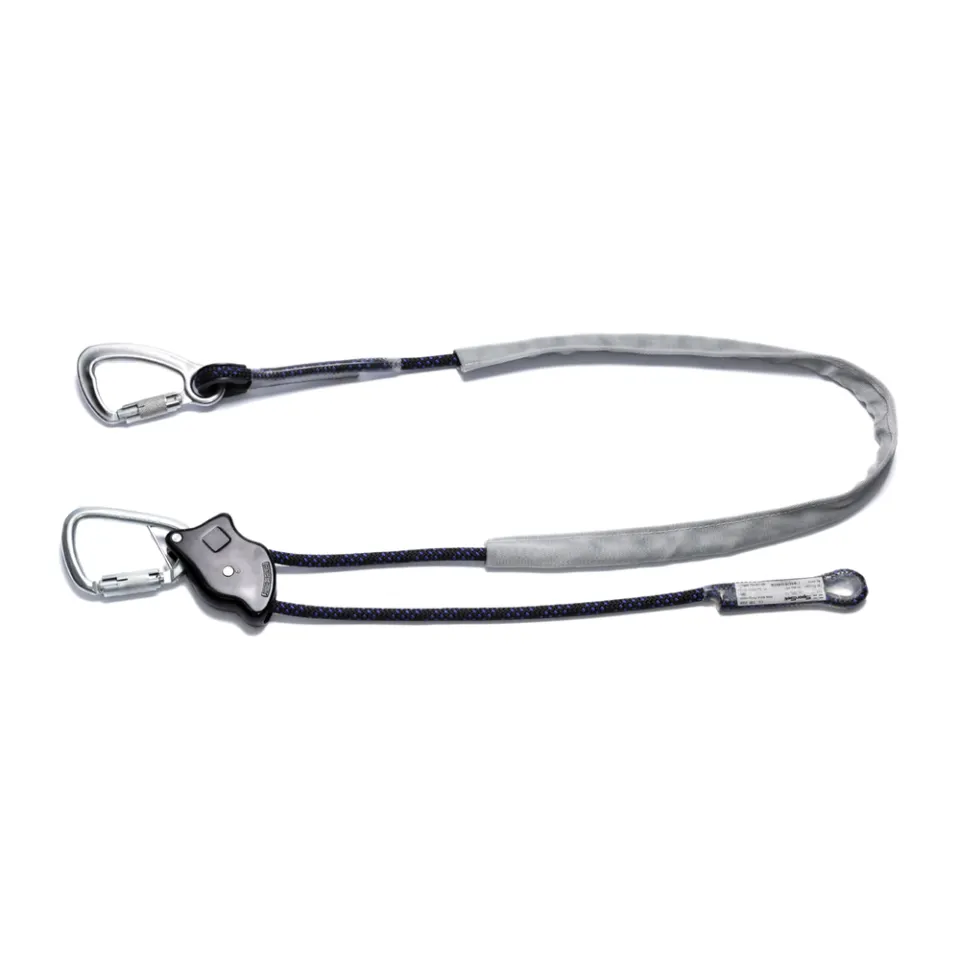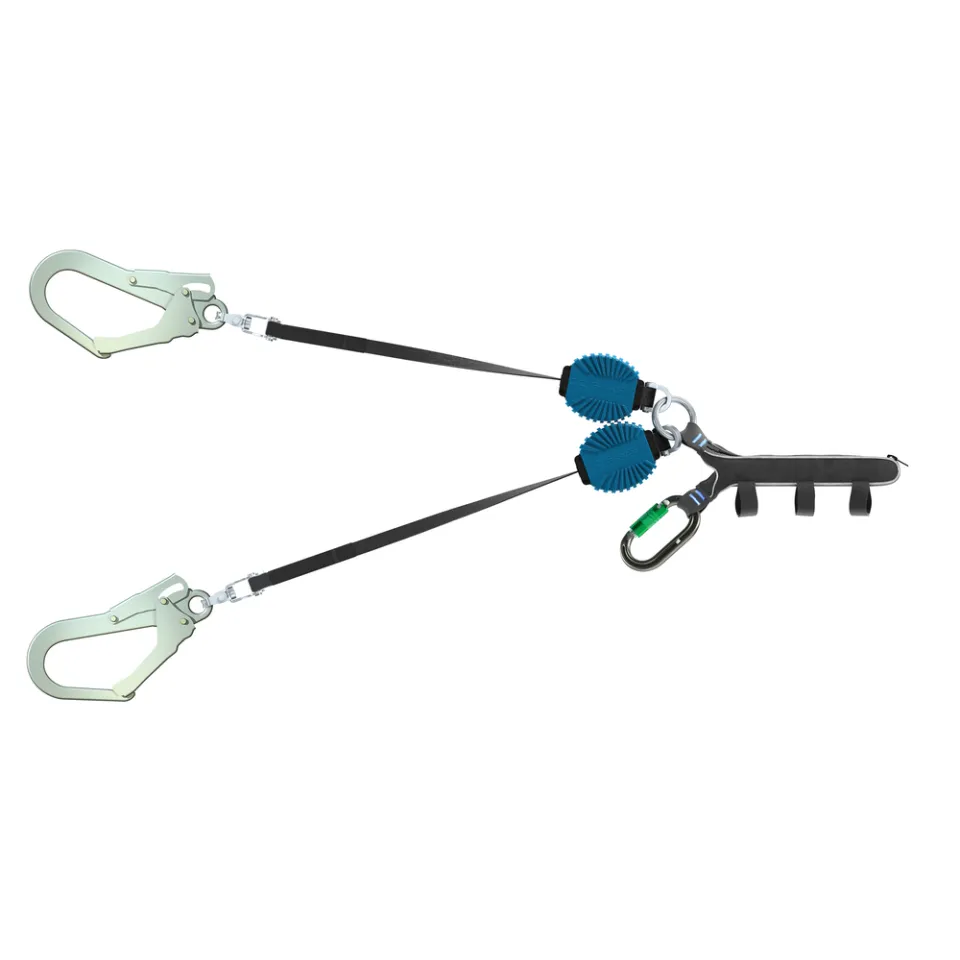According to data from the Indonesian Ministry of Manpower, around 25–30% of fatal workplace accidents in Indonesia are caused by falls from height. The BNSP Working at Height Training Certificate is a crucial key to minimizing these risks.
According to Dr. Sunaryo, a national OHS expert, “This certification is not merely a formality, but a vital safety investment for the construction, oil & gas, and telecommunications industries.”
Holding the BNSP Working at Height Training Certificate proves that your competence has been recognized by professional assessors and demonstrates that you have met the occupational safety and health standards set by the National Professional Certification Agency (BNSP). With this certification, workers can enhance their credibility and safety when operating in high-risk environments.
Definition and Purpose of the Certification
The BNSP Working at Height Training Certificate is an official document issued to workers who have successfully completed training and a competency exam in accordance with the Indonesian National Workforce Competency Standards (SKKNI).
The main objectives of this certification are to:
- Ensure workers have the knowledge and skills to work safely at height.
- Raise safety standards to reduce the risk of accidents.
- Provide competency recognition that can improve career opportunities in related industries.
Regulations Supporting the Certification
The BNSP Working at Height Training Certificate refers to regulations established by the government, including:
- Indonesian National Workforce Competency Standards (SKKNI), which guide the assessment of worker competence.
- Ministry of Manpower Regulations governing workplace safety in high-risk environments, including work at height.
- International standards used as references to enhance training quality and safety.
Certification Process for BNSP Working at Height Training
Participant Requirements
To participate in this certification, candidates must meet several requirements, including:
- Minimum junior-high school education or equivalent.
- A medical certificate stating no fear of heights.
- Work experience in height-safety (verified by a company letter).
- A prior height-safety training certificate.
Certification Stages
The certification process includes several stages:
- Registration and Document Verification: Candidates must register and submit required documents.
- Theoretical and Practical Training: Candidates attend training covering both theoretical and practical aspects of height-safety.
- Competency Examination: An exam to measure the knowledge and skills gained during training.
- Certificate Issuance: Successful candidates receive an official BNSP certificate as proof of competence.
Certificate Validity and Recertification Process
The BNSP Working at Height Training Certificate is valid for three years. After expiration, workers must undergo recertification—either by retaking the competency exam or refreshing training—to ensure their skills and knowledge remain aligned with the latest industry standards.
Benefits of the BNSP Working at Height Training Certificate
Holding this certification brings numerous positive impacts for workers and can be viewed from various perspectives. Here are the tangible benefits in terms of safety, efficiency, and professionalism:
For Workers
- Increases career opportunities and competitiveness within the industry.
- Provides official recognition of possessed competencies.
- Ensures workers have skills that meet national standards.
For Companies
- Ensures compliance with occupational safety and health (OSH) regulations.
- Reduces workplace accident risks, thereby improving productivity and efficiency.
- Enhances company image as an entity that cares about worker safety.
For the Industry as a Whole
- Raises national workplace safety standards.
- Maintains industry sustainability with competent human resources.
- Increases awareness of the importance of workplace safety across various sectors.
Differences Between the BNSP Working at Height Training Certificate and Other Certificates
Standards and Issuing Authority
The BNSP certificate is issued by a nationally recognized certification body and adheres to government regulations. Unlike certifications from private institutions, the BNSP certificate carries stronger legal standing and can be used across various industries throughout Indonesia.
Below is a comparison of the BNSP certificate with other international certifications:
| Criteria | BNSP Certificate | IRATA (International) | SPRAT (USA) | Local Private Institution Certificate |
|---|---|---|---|---|
| National Recognition | Yes, recognized throughout Indonesia | Internationally recognized; requires equivalency process in Indonesia | Recognized in the USA and some other countries | Limited to certain corporate networks |
| Validity Period | 3 years | 3 years | 3 years | Varies (1–5 years) |
| Equivalency | IRATA Level 2 with verification | Globally recognized | Equivalent to IRATA Levels 1–3 | No standard equivalency |
| Cost | Rp 3–5 million | Rp 8–15 million | Rp 7–12 million | Rp 1–3 million |
Recognition and Validity
The BNSP Working at Height Training Certificate enjoys wide recognition across various industries in Indonesia because it meets nationally mandated competency standards. This recognition not only applies domestically but also enhances workers’ competitiveness internationally.
In contrast, certifications issued by non-governmental or private bodies often face limitations in recognition and validity. Differences in accreditation standards and systems can affect a certificate’s credibility in the industry. As a result, workers holding unofficial certifications may struggle to have their competencies recognized and to access broader career opportunities.
Application of the BNSP Working at Height Training Certificate in Various Industries
The BNSP Working at Height Training Certificate has broad applications across multiple industry sectors. Here are key industries that require certified height-safety personnel:
Construction Industry
In construction, BNSP-certified workers are involved in erecting multi-story buildings, installing steel structures, and maintaining building façades. PT Pembangunan Jaya, a leading contractor, reported a 65% reduction in accident incidents after mandating BNSP certification for all workers operating above 1.8 meters.
Oil & Gas Industry
In the oil & gas sector, this certification is required for maintaining drilling rigs, cleaning tanks, and inspecting pipelines. Companies like Pertamina and BP Indonesia mandate that all their contractors hold this certification as a basic tender requirement for height-related work.
Telecommunications Industry
BTS tower technicians and telecommunications equipment installers heavily rely on this certification. Major operators such as Telkomsel and XL Axiata have implemented BNSP certification programs for all field technicians, resulting in up to a 30% increase in work efficiency due to fewer accident-related disruptions.
Shipbuilding & Offshore Industry
Ship maintenance, hull cleaning, and offshore platform equipment installation require certified height-safety skills. PT PAL Indonesia reported an 85% reduction in lost time injury over the past two years after implementing a BNSP certification program.
Tips for Choosing a Credible Training and Certification Body
Selecting the right training and certification body is crucial to ensure the quality of the certificate you obtain. Here is a guide to choose a credible institution:
Verify Accreditation Status
Ensure the training and certification body is officially accredited by BNSP and listed on the official bnsp.go.id website. Accredited bodies have a BNSP registration number that can be verified online. Accreditation is renewed every three years, so confirm the institution’s status is current.
Check Training Facilities and Equipment
A quality training institution must have adequate facilities and equipment for height-safety practice, including:
- Training tower of at least 6 meters
- Various full body harnesses and personal protective equipment
- Standards-compliant anchor point systems
- Rescue and evacuation equipment for height scenarios
- Comfortable classroom with comprehensive learning materials
Evaluate Instructor Qualifications
Qualified instructors are key to successful training. Ensure the institution has instructors with:
- BNSP assessor-level certification
- At least 5 years of industry experience in height-safety
- Instructor certification from a recognized body
- Up-to-date knowledge of safety standards and regulations
Pre-Registration Checklist
Use the following checklist to ensure you choose the right training provider:
- Does the institution have official BNSP approval?
- How long has the institution been operating in safety training?
- Are there testimonials or references from past participants or client companies?
- Is post-training consultation available?
- Can the issued certificate be verified online?
- Is there a retake guarantee if you fail the first exam?
- What is the instructor-to-participant ratio during practical sessions?
Conclusion
The BNSP Working at Height Training Certificate is a vital investment for workers, companies, and the industry at large. Through competency standardization, this certification not only contributes to enhanced workplace safety but also delivers economic value via operational efficiency, reduced accidents, and increased competitiveness.
- The BNSP certificate is a nationally recognized standard that provides high credibility to its holders.
- The comprehensive certification process ensures genuine competency, not just administrative formality.
- Certification benefits span safety, economic, career, and corporate reputation aspects.
- Choosing the right training and certification body is critical to secure quality competencies.
Looking ahead, BNSP height-safety certification standards will evolve with global best practices and technology. Integration with international standards such as ISO 45001 and adoption of VR (Virtual Reality) for training simulations are expected trends in curriculum development.
For height-working professionals, obtaining this certification is no longer optional but essential—not only to meet regulatory requirements but, most importantly, to ensure your own and your colleagues’ safety. Start by contacting the nearest BNSP-accredited Professional Certification Body and invest time and resources in competencies that will pay dividends throughout your career.












